3 Worst Offenders For 50s & 60s Skin
Raise your hand when you've reached (or passed) your 50s or 60s, and hold up your hand when you are proudly enjoying your decades! This is an essential time to embrace the changes in your skin and realign your skincare routine to maintain a complexion that continues to exude health and beauty. However, like all stages of life, the 50s and 60s bring new challenges that may prevent you from experiencing your best skin. Here is a quick guide to the three natural processes of the worst skin sinners and how to beat them.
Reduced skin elasticity
As women get older, estrogen levels decrease, which affects collagen and elastin production. As this scientific journal notes, collagen is a critical factor in maintaining skin firmness and elasticity. Type I collagen is the main collagen in the skin and makes up 80 to 90% of skin collagen. It's made by cells called fibroblasts, which are mainly located in the dermis, and these fibroblasts also produce elastin protein, which gives the skin the ability to stretch and snap back. Without these proteins, which give the skin its firmness and elasticity, the skin begins to sag and hang more loosely.
So what exactly is to blame? Skin aging is the result of a combination of extrinsic and intrinsic factors ranging from genetics, lifestyle, environmental factors, hormones, and aging. Some factors that worsen and accelerate the loss of collagen and elastin production are:
- Sun exposure
- solarium
- Air pollution
- Poor diet
- smoking
To increase collagen, many people use topical treatments with collagen-boosting peptides. When they reach the dermis, peptides supply the skin's fibroblasts with the building blocks they need to make more collagen. You can also use vitamin C and retinol products to help boost collagen production.
Dry skin
The National Institute of Aging points out that many people experience dry, scaly patches of skin later in life, often on the lower legs, elbows, and forearms. According to a Today.com article, "Dry skin occurs with age because the skin barrier weakens and is not so easy to repair. This leads to further damage and eventually wrinkles."
In addition, the naturally occurring hyaluronic acid (HA) is not produced as much as in our earlier phases of life, which makes it difficult for the skin to regulate moisture. HA is known as the holy grail of moisturizing skin care actives because it is a powerful humectant (a substance used to reduce moisture loss) that holds up to 1000 times its own weight in water. As we age, we produce less of it, making it harder for the skin to retain moisture. Less moisture can contribute to the development of fine lines and wrinkles on the skin.
Sun damage
As the effects of sunlight increase over the years, dark spots, texture changes, and wrinkles tend to appear on the cheeks, neck, hands, shoulders, and arms.

Prolonged exposure to the sun's UV rays prematurely ages your skin and leads to a loss of collagen and skin elasticity. Incredibly, sun exposure and sun damage can be traced back to 90% of visible aging. Are you wondering what we mean by visible aging? If you see deep wrinkles and sagging skin, a reddish complexion, hyperpigmentation like an uneven skin tone or dark spots, and dry skin or spider veins, these are all visual signs of aging.
Mayo Clinic points out that sun exposure is a major cause of wrinkles, although genetics primarily determine skin texture and texture. Every sunburn you've experienced has contributed to premature aging in the form of fine lines, wrinkles, sagging skin, and sun spots. However, if you didn't protect your skin early in life, it is not too late to start. When it comes to sun damage, the Skin Cancer Foundation recommends limiting your time in direct sunlight, wearing light, protective clothing like a hat and sunglasses, and applying sunscreen with SPF 15 or higher. You should also visit your doctor to have your skin checked every year. The most important part is to take care of your skin before any further damage occurs.
Check out this In The Mix video that explains the benefits of SPF and how to use it correctly:
(embed) https://www.youtube.com/watch?v=q7MgVZ1sUpc (/ embed)
Because of these changes over the years, the skin becomes thinner, more fragile, less elastic and dry. The answer? Moisturize and improve some lifestyle habits to keep your skin hydrated and smooth. at Eminence Organics, our moisturizers deliver botanical ingredients for deep hydration, so you may find one that piques your interest. If you haven't been using timeless beauty skincare products in your 50s and 60s, now is the time. Read our skin care routine for your 50s or the skin care routine for your 60s and beyond here.
Which is the worst culprit for your skin? Let us know in the comments below or on social media!
This article was originally written March 2016.

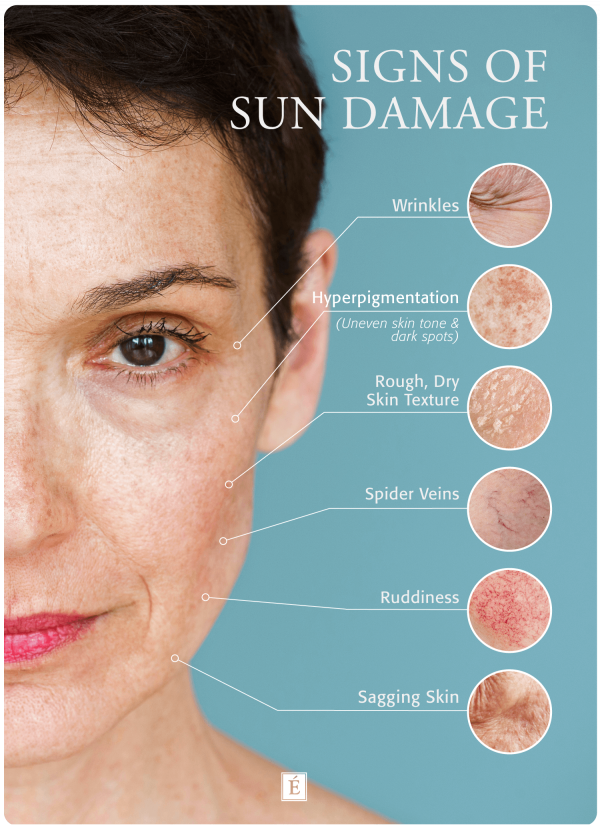
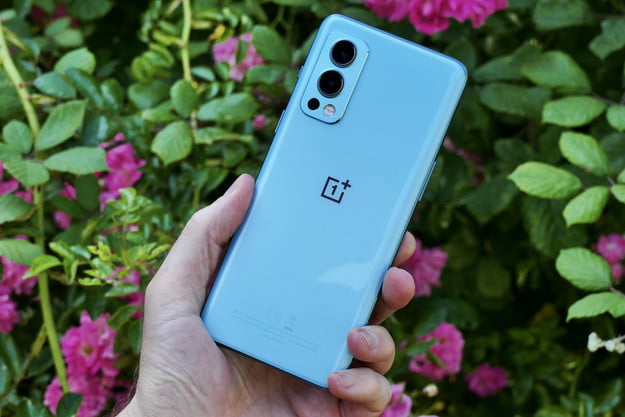






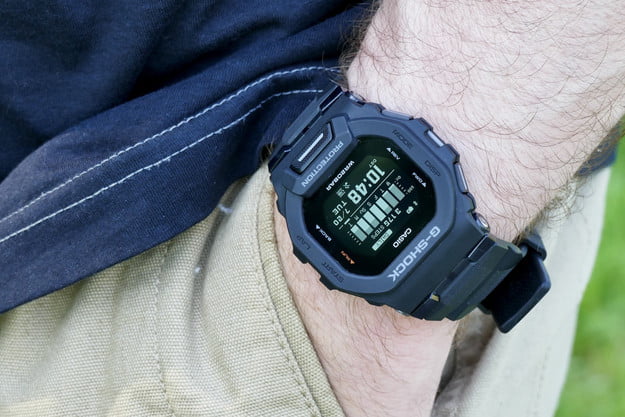











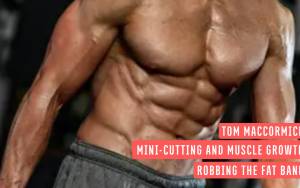
 How to grow taller and stay slim with strategic mini-cutting.
How to grow taller and stay slim with strategic mini-cutting.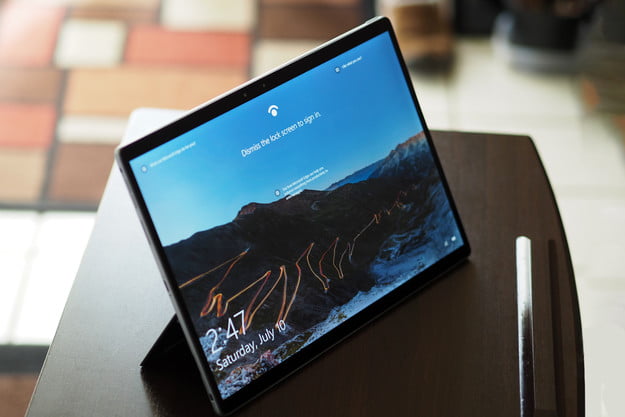










 How to redesign your identity to fit who you are and who you want to be.
How to redesign your identity to fit who you are and who you want to be.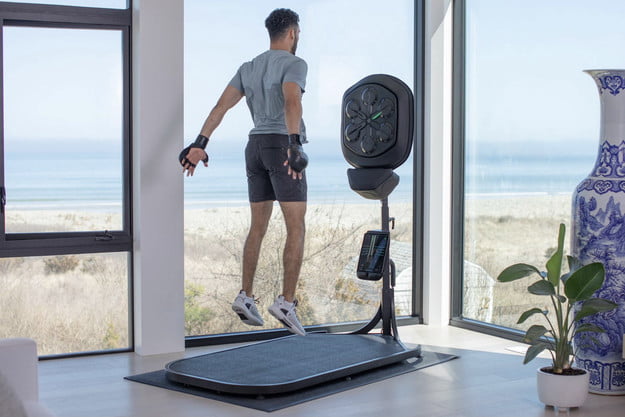





 Mary Duffy is a champion powerlifter, 71 years old and deadlifting like a boss. That's all.
Mary Duffy is a champion powerlifter, 71 years old and deadlifting like a boss. That's all.
 If your fitness program isn't personalized, chances are that you might have problems with missing results or, worse, injury.
If your fitness program isn't personalized, chances are that you might have problems with missing results or, worse, injury.